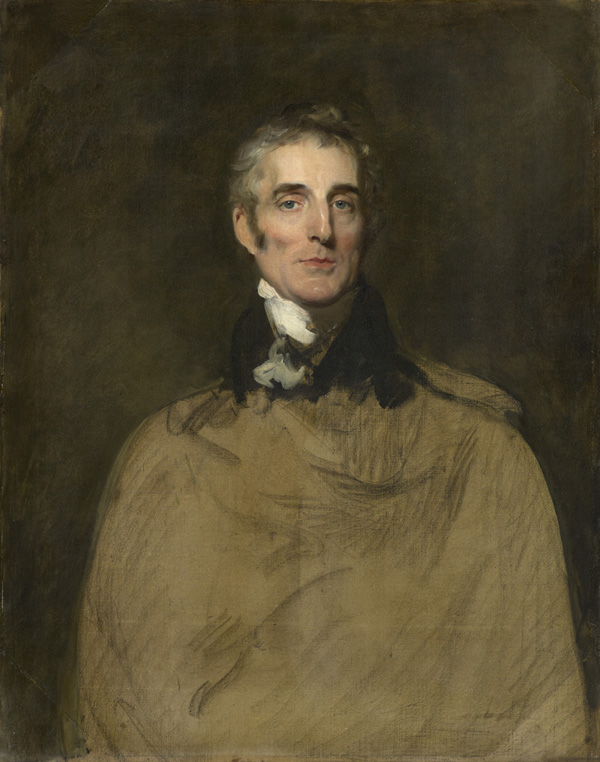NPG campaigns to save famous portrait of the Duke of Wellington
November 3, 2016 - Richard Moss in News
The National Portrait Gallery launches a public fundraising appeal to secure a portrait of the Duke of Wellington
The National Portrait Gallery is hoping to add a distinguished and famously unfinished portrait of the Duke of Wellington to its collection with a major fundraising appeal.
Sir Thomas Lawrence’s final portrait of Arthur Wellesley, 1st Duke of Wellington, has been offered to the gallery for £1.3 million with the appeal kick started via a donation of £350,000 from the Art Fund. Alongside the Gallery’s own funds, £1 million of the total has already been raised leaving the Gallery £300,000 to raise by spring 2017.
Despite being one of the most iconic figures in British history, the National Portrait Gallery has no other significant portrait of the Duke in its collection – an omission it has been trying to rectify since it opened in 1856.
Sir Thomas Lawrence was the Duke’s definitive image maker and made eight portraits of Wellington.
This particular large oil-on-canvas portrait was commissioned a year after Wellington had become Tory Prime Minister by Sarah, Countess of Jersey, a leading political hostess and supporter of the Tories in the 1820s.
Initially dedicating her social gatherings to the cause of the Whig party, in the late 1820s Lady Jersey switched her allegiance to the Tories, with Wellington becoming one of her favourites. She believed herself to be one of his confidantes, but he mistrusted her ability to keep a secret: earlier in life her loquacity had earned her the nickname “Silence.”
Started in 1829, the painting coincided with a busy time for Wellington. The year not only saw his appointment as the Lord Warden of the Cinque Ports, he also fought a duel with Lord Winchilsea over the issue of Catholic emancipation, which the Duke supported.
He also deeply opposed any reform of the House of Commons and it was at this time that he earned sobriquet “The Iron Duke”.
At Lawrence’s death in 1830 the portrait remained unfinished. But unlike many other clients, Lady Jersey refused to have it finished by a studio assistant. On hearing that the Duke had fallen from power in 1830, she burst into tears in public. She reportedly ‘moved heaven and earth’ against the Reform Act 1832 which Wellington had also opposed.
Describing the “Iron Duke” as “one of the towering figures of British history”, Dan Snow, historian, broadcaster and co-author of The Battle of Waterloo Experience, is backing the campaign to acquire the portrait for the nation.
“He never lost a battle, reshaped Europe and dominated Britain until his death,” he says of the Duke. “His career and legacy are intimately involved with the development of the United Kingdom. Now, more than 200 years after his most famous victory at the Battle of Waterloo it’s time we helped the National Portrait Gallery win the day.”
To back the appeal visit: npg.org.uk/wellington or text DUKE01 to 70070 to give £5. For Twitter hashtag #giveitsomewelly



